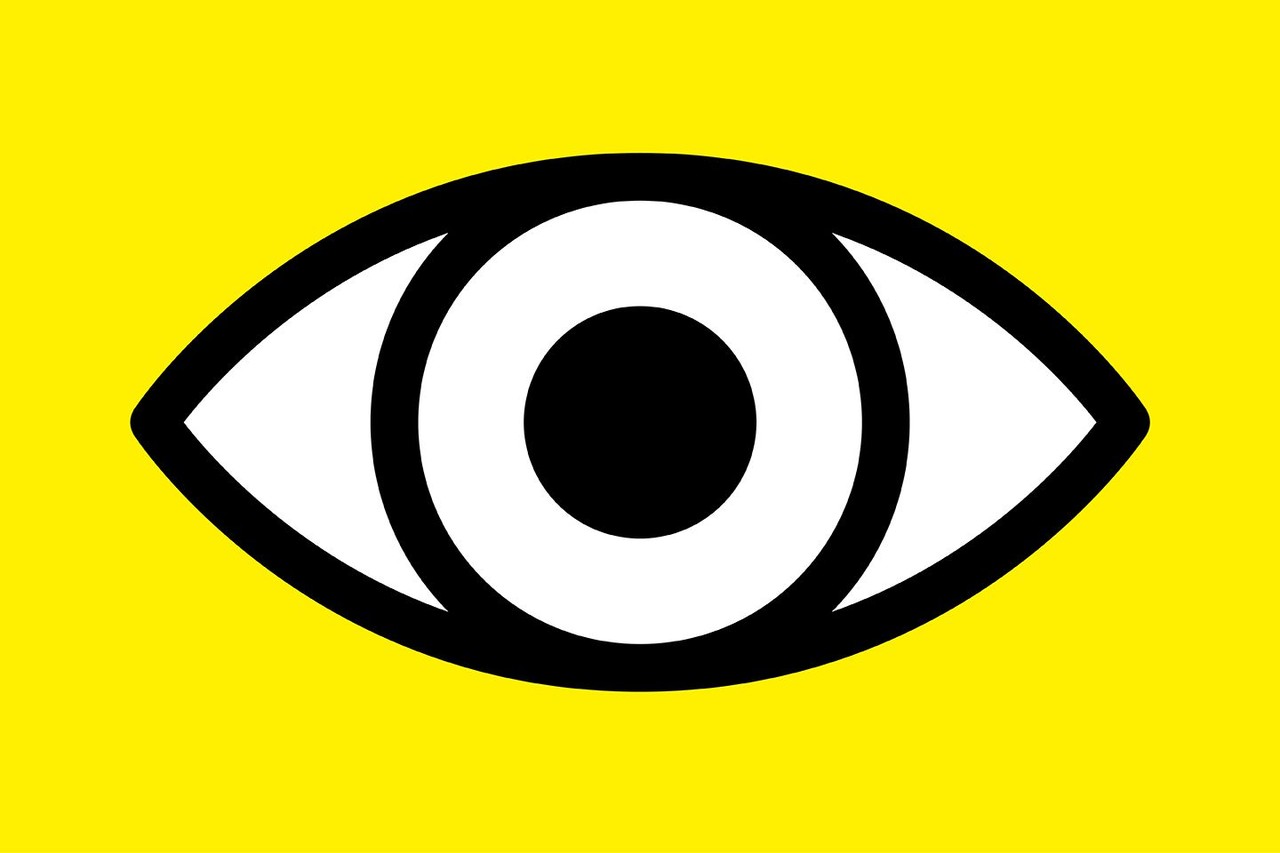Watched! Surveillance, Art & Photography
18 Feb - 23 Apr 2017
Watched!
Surveillance, Art & Photography
First of all, I know it’s all people like you. And that’s what’s so scary. Individually you don’t know what you’re doing collectively.” Dave Eggers, The Circle
Total surveillance? Video cameras in banks, department stores, and public spaces; algorithm-based advertising and cookies on the Internet; government data collection and private cloud storage – today, we take permanent observation and data sharing for granted as a normal part of our everyday lives. We are constantly using services like Google Maps, watching live streams of films, trying out exciting new health apps and exploring unimagined possibilities for self-tracking. We follow friends and complete strangers on Facebook, Twitter, and Instagram, and we ourselves are constantly being tracked. We profit from the new digital technologies and services and are willing to open up more and more of our private lives to public view. Surveillance and big data have long since become a major social issue.
Contemporary surveillance is not limited to visual monitoring. Yet to understand how surveillance works, it is necessary to address the photographic aspect. Today, our entire existence is being photographed and visualized to an unprecedented degree, raising new questions about voluntary and involuntary visibility as well as photohistorical issues of observing and being observed. The exhibition Watched! Surveillance Art & Photography examines the complexities of modern surveillance with a focus on photography and visual media. The works in the exhibition deal with themes ranging from technologies used by government and regulatory agencies to everyday surveillance practices that have become integral parts of our lives, especially in social media. The question is: How can contemporary art and media theory contribute to a better understanding of our modern surveillance society?
The Berlin exhibition presents works by around 20 international artists who offer different commentaries on and reactions to precisely this question. It combines emerging artistic practices, represented by young artists such as Julian Röder, Viktoria Binschtok, and Esther Hovers, with the work of internationally recognized artists like Hito Steyerl, Trevor Paglen, Jill Magid, Hasan Elahi, Paolo Cirio, Adam Broomberg & Oliver Chanarin, James Bridle, and Ai Wei Wei to present as wide as possible a spectrum of artistic approaches. The artists in the exhibition appropriate technologies like video surveillance, facial recognition, Google Street View, digital lifelogging, and virtual animation. They probe the need for safety and security, which is frequently used as an argument for increasing surveillance while often ignoring the problems of discriminatory controls and criminalization that follow. The viewer is invited to think about how we can live in a society with diverse surveillance networks without contributing to the inequalities that surveillance produces.
Surveillance, Art & Photography
First of all, I know it’s all people like you. And that’s what’s so scary. Individually you don’t know what you’re doing collectively.” Dave Eggers, The Circle
Total surveillance? Video cameras in banks, department stores, and public spaces; algorithm-based advertising and cookies on the Internet; government data collection and private cloud storage – today, we take permanent observation and data sharing for granted as a normal part of our everyday lives. We are constantly using services like Google Maps, watching live streams of films, trying out exciting new health apps and exploring unimagined possibilities for self-tracking. We follow friends and complete strangers on Facebook, Twitter, and Instagram, and we ourselves are constantly being tracked. We profit from the new digital technologies and services and are willing to open up more and more of our private lives to public view. Surveillance and big data have long since become a major social issue.
Contemporary surveillance is not limited to visual monitoring. Yet to understand how surveillance works, it is necessary to address the photographic aspect. Today, our entire existence is being photographed and visualized to an unprecedented degree, raising new questions about voluntary and involuntary visibility as well as photohistorical issues of observing and being observed. The exhibition Watched! Surveillance Art & Photography examines the complexities of modern surveillance with a focus on photography and visual media. The works in the exhibition deal with themes ranging from technologies used by government and regulatory agencies to everyday surveillance practices that have become integral parts of our lives, especially in social media. The question is: How can contemporary art and media theory contribute to a better understanding of our modern surveillance society?
The Berlin exhibition presents works by around 20 international artists who offer different commentaries on and reactions to precisely this question. It combines emerging artistic practices, represented by young artists such as Julian Röder, Viktoria Binschtok, and Esther Hovers, with the work of internationally recognized artists like Hito Steyerl, Trevor Paglen, Jill Magid, Hasan Elahi, Paolo Cirio, Adam Broomberg & Oliver Chanarin, James Bridle, and Ai Wei Wei to present as wide as possible a spectrum of artistic approaches. The artists in the exhibition appropriate technologies like video surveillance, facial recognition, Google Street View, digital lifelogging, and virtual animation. They probe the need for safety and security, which is frequently used as an argument for increasing surveillance while often ignoring the problems of discriminatory controls and criminalization that follow. The viewer is invited to think about how we can live in a society with diverse surveillance networks without contributing to the inequalities that surveillance produces.

